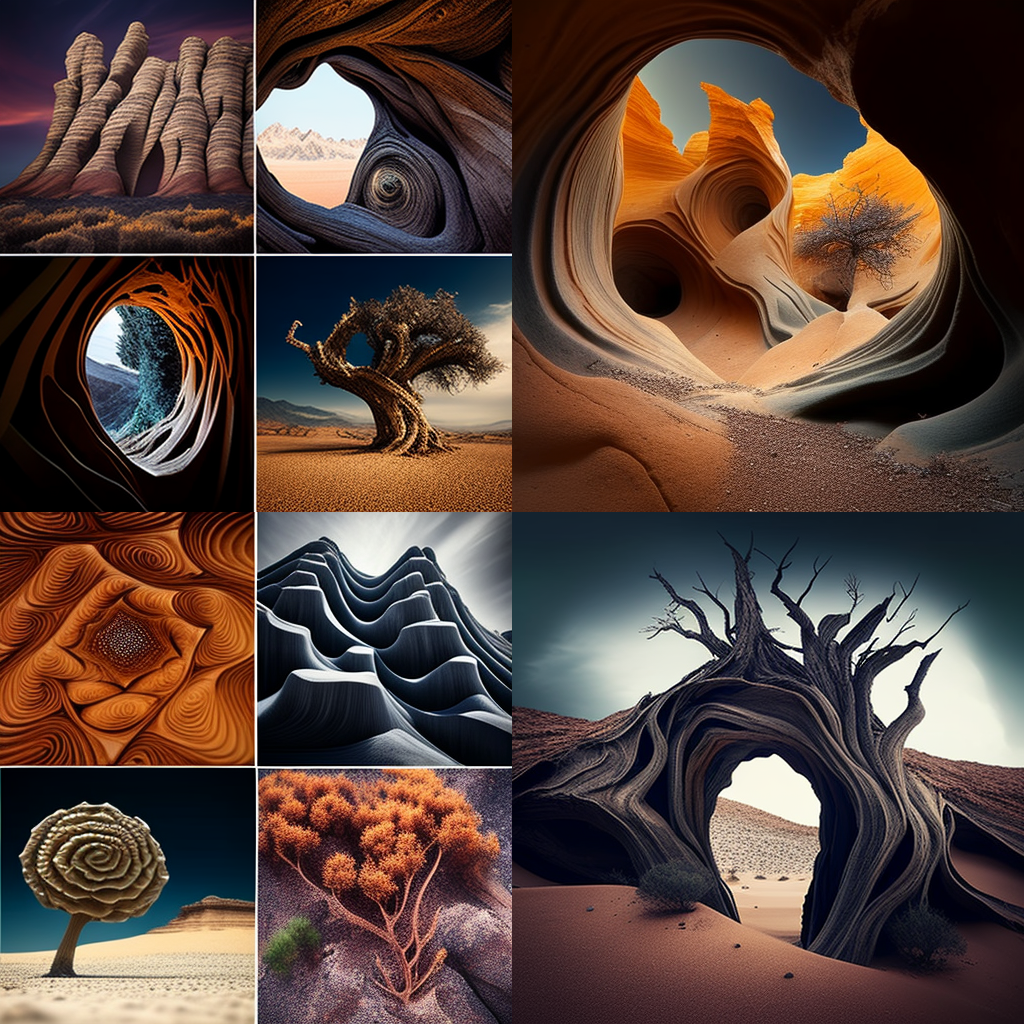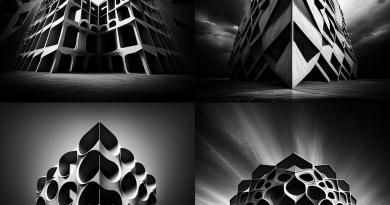Natural Structures Photography
Natural structures photography is a genre of photography that focuses on capturing the beauty and complexity of natural structures, such as rock formations, mountains, and cliffs. This type of photography can be challenging, as it requires a deep understanding of the natural world and the ability to capture its essence in a photograph. In this article, we will explore the basics of natural structures photography, including the types of structures that are commonly photographed, the equipment and techniques used, and tips for getting the best results.





Types of Natural Structures Photography
Some of the most common types of natural structures that are photographed include rock formations, mountains, cliffs, waterfalls, and canyons. Each of these structures has its own unique characteristics and challenges, and photographers must be familiar with these in order to capture them effectively.
Rock formations, for example, are often characterized by their unique shapes and textures. Photographers may use a wide-angle lens to capture the entirety of a formation, or a telephoto lens to zoom in on specific details.
Mountains, on the other hand, are often photographed from a distance to capture their grandeur and scale. Photographers may use a wide-angle or telephoto lens, depending on the desired effect.
Cliffs, canyons, and waterfalls are also popular subjects for natural structures photography. These structures often require a different approach, as they are often photographed from a close distance and require a wide-angle lens to capture their full size.




Equipment and Techniques
Natural structures photography requires a specific set of equipment and techniques. Photographers often use a wide-angle or telephoto lens, depending on the structure being photographed and the desired effect. A sturdy tripod is also essential for capturing sharp images, as the structures being photographed may be in remote or difficult to access locations.
Additionally, photographers may use a polarizing filter to reduce glare and increase the saturation of colors in their images. ND filters are also commonly used to slow down the shutter speed and create a sense of movement in waterfalls and other flowing structures.




Tips for Getting the Best Results
Natural structures photography can be challenging, but with the right equipment and techniques, it is possible to capture stunning images. Here are some tips for getting the best results:
- Plan your shoot: Before heading out to photograph natural structures, research the location and plan your shoot accordingly. Know the best time of day to capture the light and shadows, and plan your composition accordingly.
- Use a sturdy tripod: A sturdy tripod is essential for capturing sharp images of natural structures. Make sure your tripod is set up on a level surface and that your camera is securely attached to it.
- Be patient: Natural structures photography often requires patience. Wait for the perfect light or for the clouds to move out of the way before taking your shot.
- Experiment with different angles and perspectives: Natural structures can be photographed from many different angles and perspectives. Experiment with different viewpoints to find the one that best captures the essence of the structure.
In conclusion, natural structures photography is a genre of photography that requires a deep understanding of the natural world, the right equipment, and the patience to wait for the perfect shot. With the right approach and techniques, photographers can capture stunning images of natural structures that are both beautiful and awe-inspiring.









